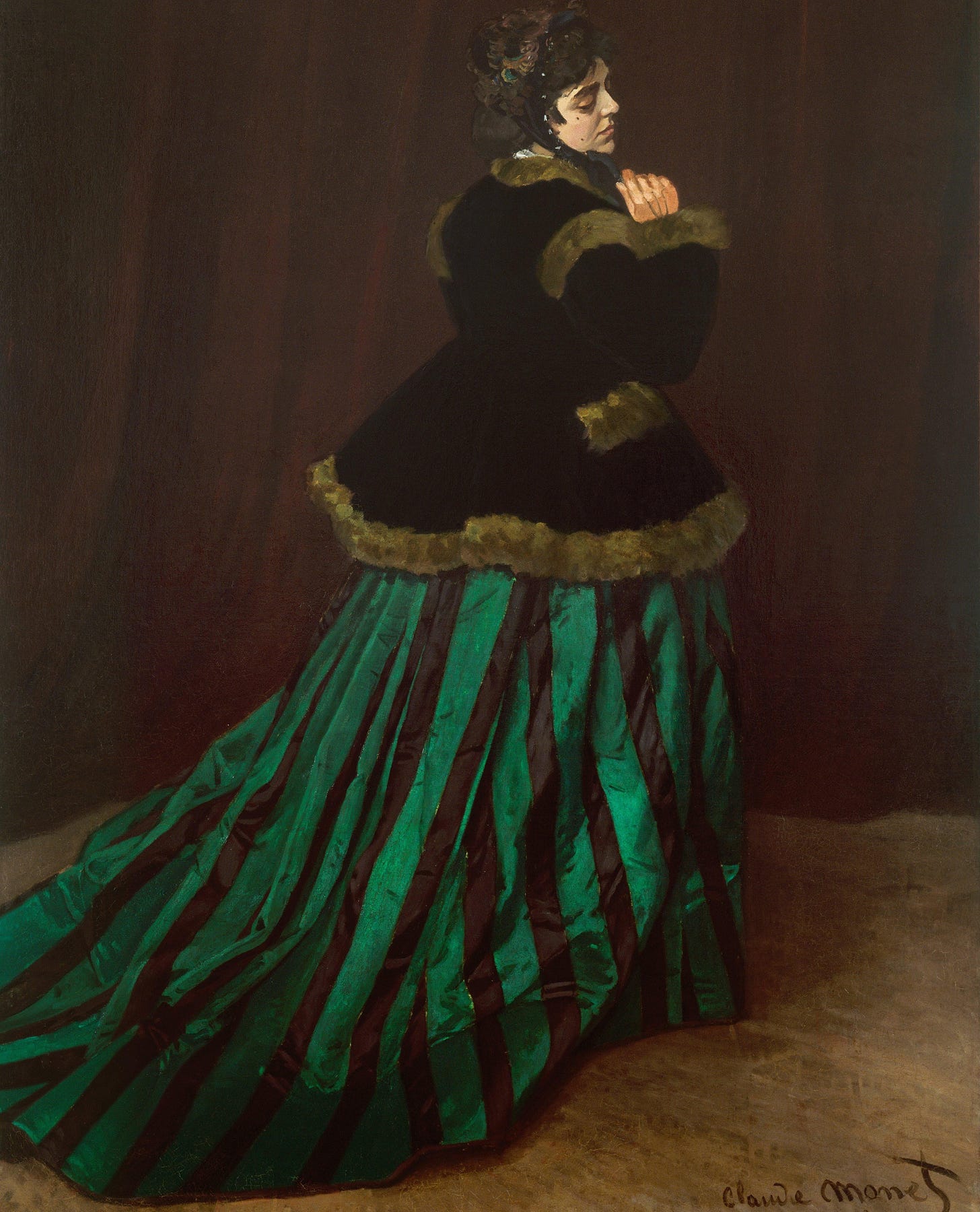Social Skills IX. How to Process & Overcome Grief
It is better to conquer grief than to cheat it; for a grief which has been deceived and driven away either by pleasure or by business rises again, and its period of rest does but give it strength.
Welcome! The ‘Wealth Playbook’, ‘Science-based Tools’, ‘Lead to Win’ & the ‘Le Monde Élégant’ sections are companions for The Stoic Manual to help you build wealth and enjoy the financial freedom and power it affords. Enhance your physical and psychological health, vitality, stress resilience, discipline, focus, motivation. And refine your social skills, relationships & leadership skills for a distinguished life—by Dr. Antonius Veritas
P.S: Most of you loved this previous entry on How To Deal With Toxic People.
“It [grief] is overbearing and obstinate, and stubbornly rejects all remedies: we sometimes wish to crush it, and to swallow our emotion, but, nevertheless, tears flow over our carefully arranged and made-up countenance. Sometimes we occupy our minds with public spectacles and shows of gladiators; but during the very sights by which it is amused, the mind is wrung by slight touches of sorrow. It is better, therefore, to conquer it than to cheat it; for a grief which has been deceived and driven away either by pleasure or by business rises again, and its period of rest does but give it strength for a more terrible attack; but a grief which has been conquered by reason is appeased forever.” — Seneca
What follows is a continuation of this entry, On Grief. I decided to do more research and expand on it because I know many of us are facing this monster and don’t know how to tame it. So whatever you’re going through, I want you to know that I’m always with you in spirit. With love, A.V
I. Introduction
Grief is the rupture of a world you once believed in, replete with the love of your favorite person. When someone you love dies, or when a foundational role or relationship is torn away, you don’t just lose them—you lose the version of yourself that existed in their presence. You lose the future you imagined, the structure of a life that felt safe and happy. The moment distorts and rearranges your internal landscape like a landslide.
And yet, this is something we’re all expected to simply endure. You lose someone on a Monday. You’re back to work by Thursday. Maybe you cry in the bathroom. Or you scroll through their old photos late at night and wonder if you’re doing it “right” — because no one taught you how grief works and how you should process it.
But through scientific advancements, we know now that grief is a psychological, neurological and physiological upheaval. Your dopamine circuits fire. Your sleep is altered. Your immune system weakens. Your stress hormones surge. It’s a breakdown in the predictive systems of the brain that track where your loved ones are, when they’ll return, and how to reach them. You don’t just feel like something is missing—your nervous system is actively searching for someone it still believes exists.
And it’s why “moving on” doesn’t work because the brain doesn’t need consolation. It needs data. It needs new experiences to overwrite the predictive maps of the person we’ve lost. This only happens through engagement—with protest, despair, memories, rituals, reorientation. The only way out is through.
The essay below will give you tools—biological, psychological, practical—for what to do when grief guts you. It will help you understand why you’re feeling what you’re feeling, and how to move through that terrain without becoming stranded in it. I won’t teach you how to forget or replace people. The healing process is about integration—how to carry what you’ve lost without losing yourself in the storm-like aftermath.
You’ll learn why the old five-stage model fails, why yearning is more central than sadness, how grief mimics addiction in the brain, and what not to say or do to the grieving. You’ll learn how to protect your body while processing grief and healing your mind. And you’ll practice how to honor the love that preceded the loss—without falling into the perils of despair, distraction, or denial.
Because grief isn’t just a wound that needs time as most platitudes will tell you. It’s a…
Join 66,100 other readers. Annual/Patron members get a free copy of my book, ‘THE TOOLS’ + over 40,000 words of bonus content and a free copy of ‘THE STOIC MANUAL VOL. 1’ dropping next year.


